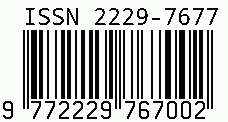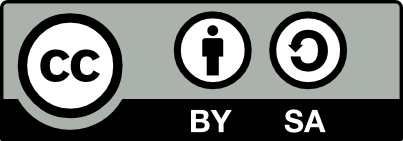
International Journal on Science and Technology
E-ISSN: 2229-7677
•
Impact Factor: 9.88
A Widely Indexed Open Access Peer Reviewed Multidisciplinary Bi-monthly Scholarly International Journal
Plagiarism is checked by the leading plagiarism checker
Call for Paper
Volume 16 Issue 3
July-September 2025
Indexing Partners



















Quantitative Assessment of Soil Erosion in the Hathmati Watershed using the SWAT
| Author(s) | Bhagyesh C. Contractor, Dr. Bhavin G. Buddhdev |
|---|---|
| Country | India |
| Abstract | Soil erosion is a critical environmental issue that significantly impacts agricultural productivity and water quality. Soil erosion estimation is often difficult due to the complexity of many factors such as climate, land uses, topography, and human activities. In this research paper, the Soil and Water Assessment Tool (SWAT) model is used to estimate surface runoff and soil erosion and to prioritize the most degraded sub-watersheds to adopt the appropriate soil conservation measures in Hathmati Watershed having a total basin area of 1421.91 sq. km. of Sabarmati River basin of India. SWAT model involves many components such as hydrology, meteorological conditions, soil temperature, crop growth, nutrients, pesticides, soil erosion, sediment yield, and agricultural management practices. Meteorological data, topography, land use land cover (LULC), soil characteristics, and climate data were integrated into the SWAT model to estimate soil erosion over a period. This hydrogeological model is set up for a span of 20 years, i.e. from the year 2001 to 2020. The model result shows that the soil erosion rate ranges from 10 to 40 ton/ha/year in the Hathmati watershed. The soil erosion rates more than 40 t/ha/year is observed in the year 2005, 2006, 2007, 2009, 2010, and 2014 due to high rainfall intensity and changes in LULC pattern. The SWAT model indicates that differences in soil erosion rates within the Hathmati Watershed are mainly caused by differences in Rainfall Patterns, Land use land cover type, and gradient slope. Application of the SWAT model demonstrated that the model provides a useful tool to predict surface runoff and soil erosion and can successfully be used for prioritization of soil erosion-prone areas over semi-arid watersheds. |
| Keywords | Surface Runoff, Soil Erosion, Hydrogeological Modeling, Soil and Water Assessment Tool (SWAT), Soil & Water Conservation, Sustainable Land Management (SLM) |
| Field | Engineering |
| Published In | Volume 16, Issue 2, April-June 2025 |
| Published On | 2025-05-24 |
| DOI | https://doi.org/10.71097/IJSAT.v16.i2.5497 |
| Short DOI | https://doi.org/g9mvs7 |
Share this


CrossRef DOI is assigned to each research paper published in our journal.
IJSAT DOI prefix is
10.71097/IJSAT
Downloads
All research papers published on this website are licensed under Creative Commons Attribution-ShareAlike 4.0 International License, and all rights belong to their respective authors/researchers.

